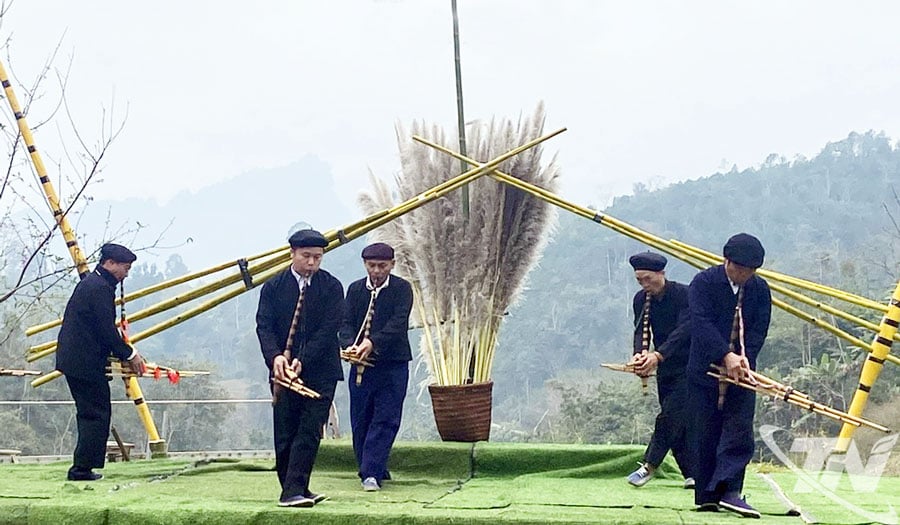 |
| The Khen dance is often performed at spring festivals. |
Mong flute identity
In the northern region of the province, there are about 25,000 Mong ethnic people living, concentrated in the communes of Cao Minh, Nghien Loan, Bang Thanh, Ba Be, Cho Moi, Na Phac, Van Lang...
For many generations, the Khen has been used in many festivals, such as: the Long Tong Festival in early spring, the village worship ceremony, the New Year's harvest prayer ceremony, the ethnic cultural festival... The sound of the Khen resounds in the fields, in the village center, and among the mountains, promising a prosperous life; solidarity, love and connection as if looking towards a bright future that always awaits ahead.
Artisan Hoang Minh Tan, Head of the Mong Panpipe Club of Cao Minh Commune, shared: The Mong people's panpipes when performed at festivals all have clear messages, encouraging labor, production and daily activities... Not only the music , the way the panpipes are performed in each song when blowing, vibrating, holding the breath, and singing also creates its own unique features, expressing the creative spirit of the artists.
Every time the Khen is played, the Mong people, old and young, men and women, join in the music and dance, intimately telling stories of life and the feelings of the mountains and land. The Khen stimulates the community space, eliminates the gap between age and status, and creates a close connection.
From the artistic values of the Mong flute, in 2015, the Ministry of Culture, Sports and Tourism recognized "The art of flute dancing of the Mong ethnic group in Bac Kan province" as a national intangible cultural heritage. That contributes to preserving and teaching the art of the Mong flute dancing; preserving the method of making flutes from materials from bamboo, rattan, how to choose pipes, how to blow, the uniformity of tone... associated with the skill of transmitting and transmitting breath from generation to generation.
Also according to artisan Hoang Minh Tan, despite its great cultural value, solidarity, and spreading beauty in the community, the Mong flute is facing many risks of being lost due to many different reasons. In particular, with economic development and integration, many young people leave their villages and study independent professions to earn money, leaving little time to learn flute. Those who play and make good flutes are getting older, while there are not many people who want to learn. It is estimated that in the area there are only a few dozen people capable of making flutes and performing...
Currently, the sound of the Khen mainly exists in a narrow range, in villages, festivals... lacking places to practice. The staging, organization of festivals and performances is quite rare. Although there has been attention from all levels, sectors and localities, in reality, the Hmong Khen has not yet been able to connect the performance and dissemination with tourism - culture. There is no specialized "Hmong Khen" tour program, no large-scale Khen festival to promote, no exploitation of tourism products such as learning to play the Khen, watching performances, buying souvenir Khen, experiencing Khen making...
Aspiration to preserve and promote Mong panpipe culture
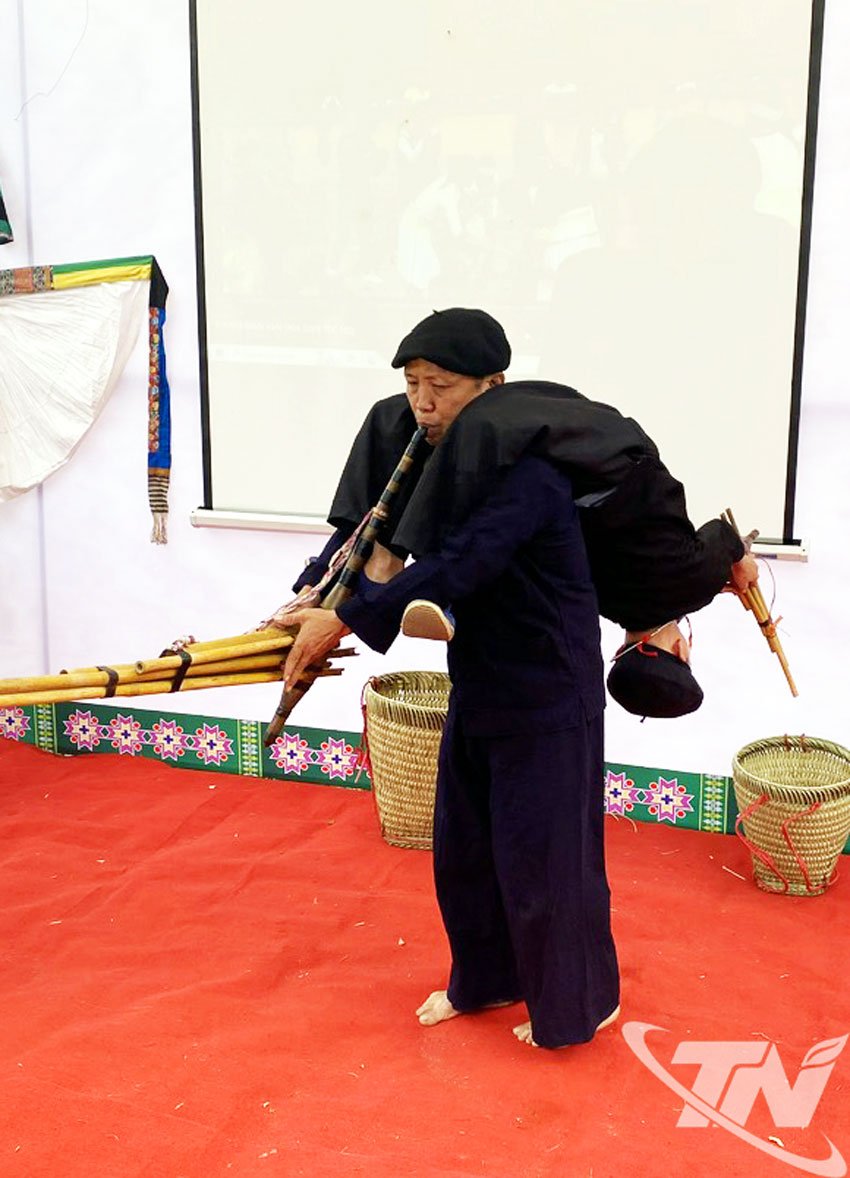 |
| Mr. Ly Hong Quan and his students perform the Khen dance. |
In fact, some localities such as Cao Minh and Nghien Loan have organized panpipe dance classes, combined with instructions on building a "Panpipe Club" model for local ethnic minority children and students. The teaching is organized outside of class hours, or every Saturday evening... Artists in the clubs take turns teaching for free, but the number is still modest compared to the wishes of the artists.
Mr. Ly Hong Quan (Nghia Loan commune) is one of the artisans who has been teaching young people with the same passion for Mong flute for many years in the locality. He wishes that: Provincial and local authorities should consider allocating appropriate funding sources and mechanisms to create conditions for the locality to organize classes and teach this art form. At the same time, develop a plan for Mong flute festivals and art forms of other ethnic groups at the provincial level to exchange regions...; strengthen communication so that tourists know, enjoy, experience and spread Mong flute culture.
The Hmong flute in the province is not only a musical instrument, but also a symbol of the identity and aspirations of the Hmong people. Preserving and promoting the Hmong flute culture is to preserve, make the flute sound resound and spread traditional values, associated with investment in developing cultural tourism, building a rich spiritual life for the people.
Source: https://baothainguyen.vn/tieu-diem/202508/thao-thuc-mot-tieng-khen-35f0acb/




![[Photo] Prime Minister Pham Minh Chinh receives Governor of Gunma Prefecture (Japan) and Special Advisor to the Japan-Vietnam Friendship Parliamentary Alliance](/_next/image?url=https%3A%2F%2Fvphoto.vietnam.vn%2Fthumb%2F1200x675%2Fvietnam%2Fresource%2FIMAGE%2F2025%2F11%2F25%2F1764066321008_dsc-1312-jpg.webp&w=3840&q=75)

![[Photo] Close-up of Ba Ha River Hydropower Plant operating to regulate water to downstream](/_next/image?url=https%3A%2F%2Fvphoto.vietnam.vn%2Fthumb%2F1200x675%2Fvietnam%2Fresource%2FIMAGE%2F2025%2F11%2F25%2F1764059721084_image-6486-jpg.webp&w=3840&q=75)



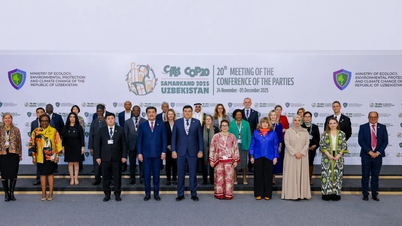



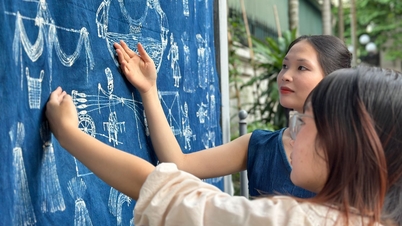

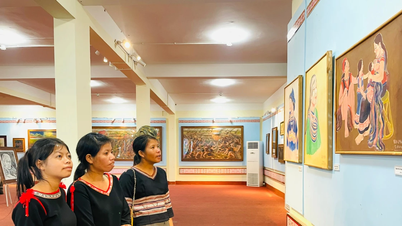





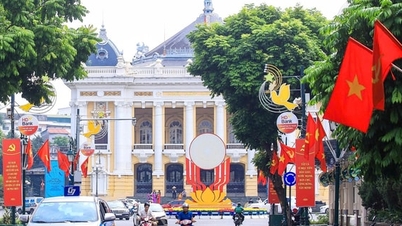

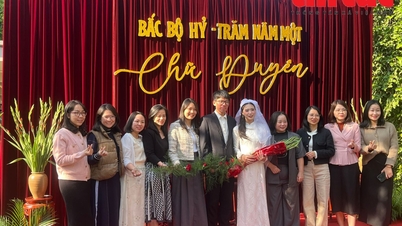



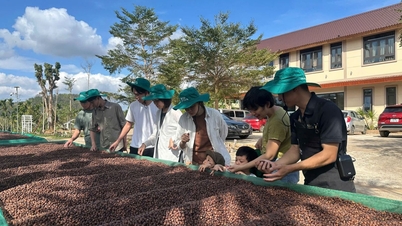




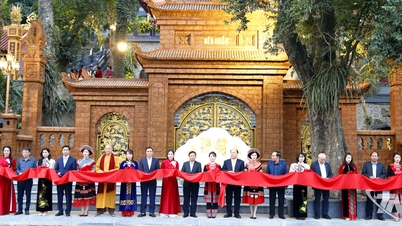
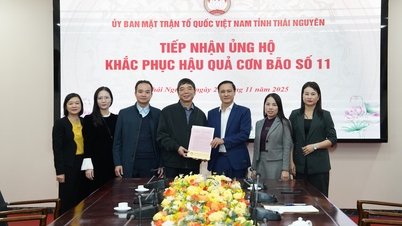
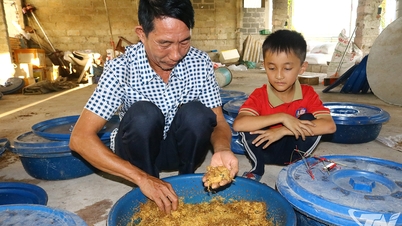
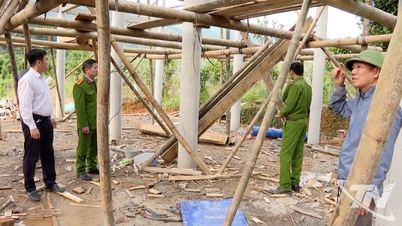
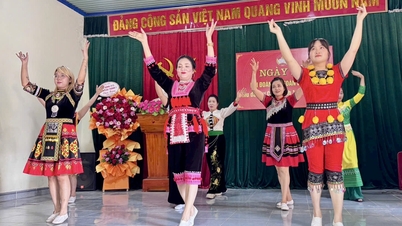
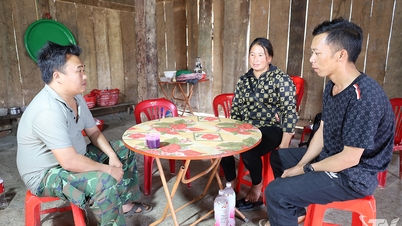
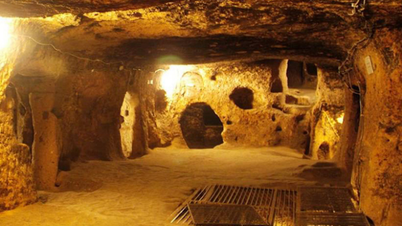

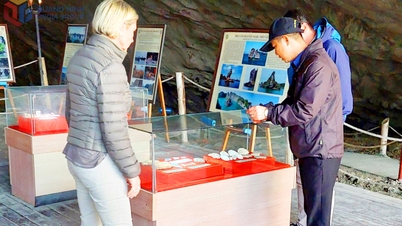


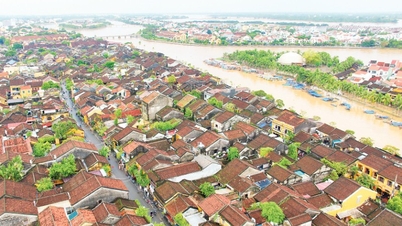

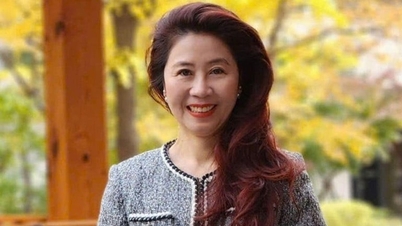
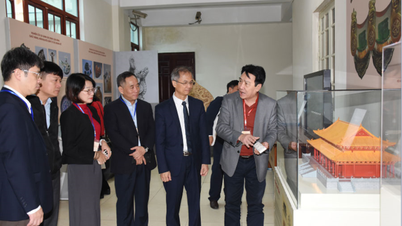

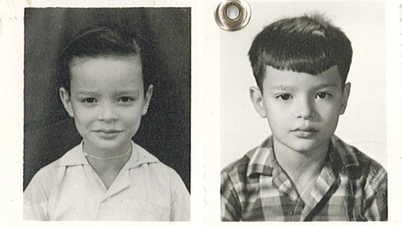






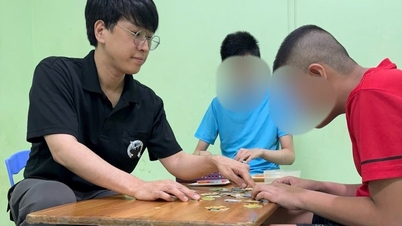
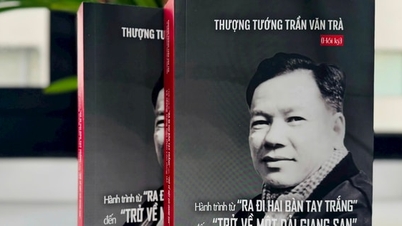


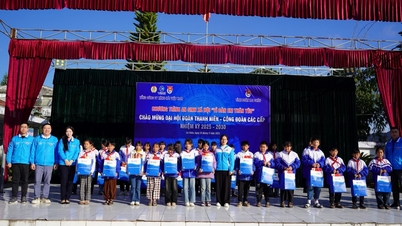


![[Answer] Should I install an elevator for an old renovated house?](https://vphoto.vietnam.vn/thumb/402x226/vietnam/resource/IMAGE/2025/11/25/1764039191595_co-nen-lap-thang-may-cho-nha-cai-tao-cu-khong-04.jpeg)




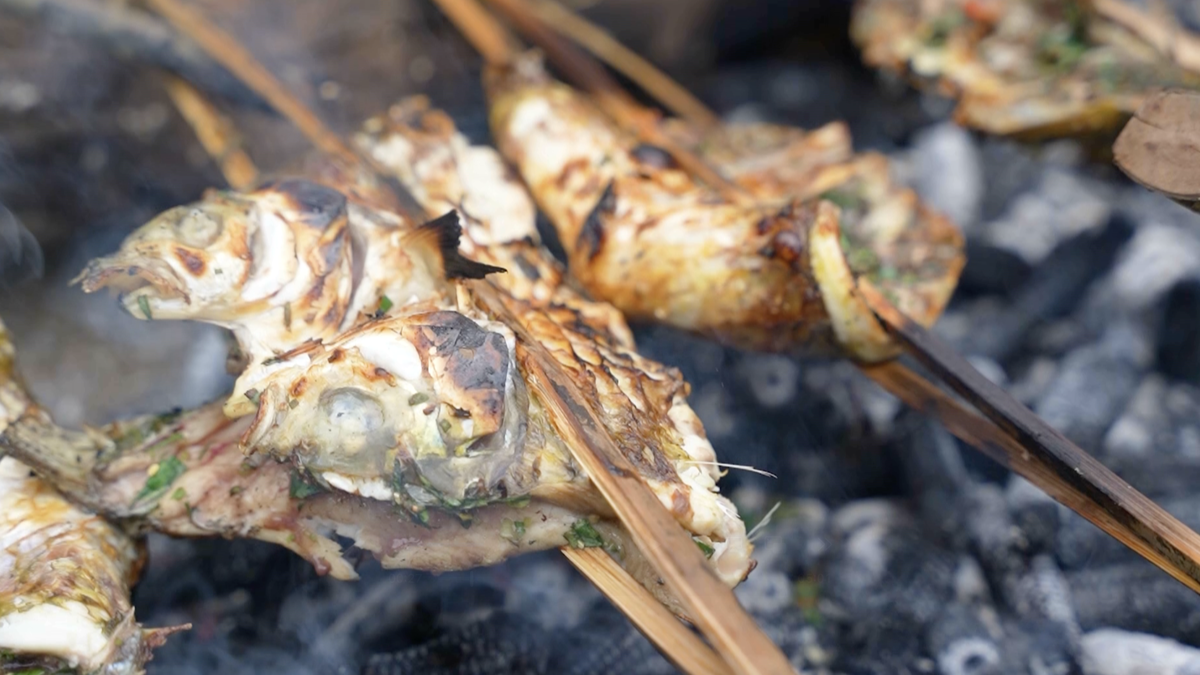
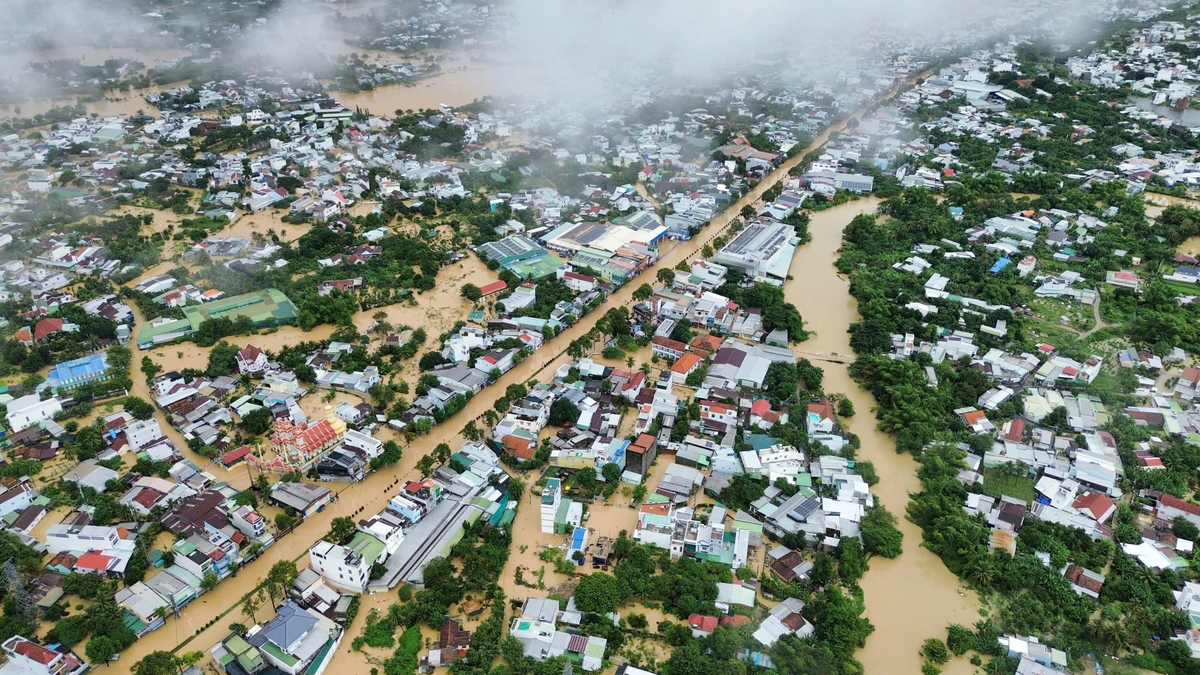
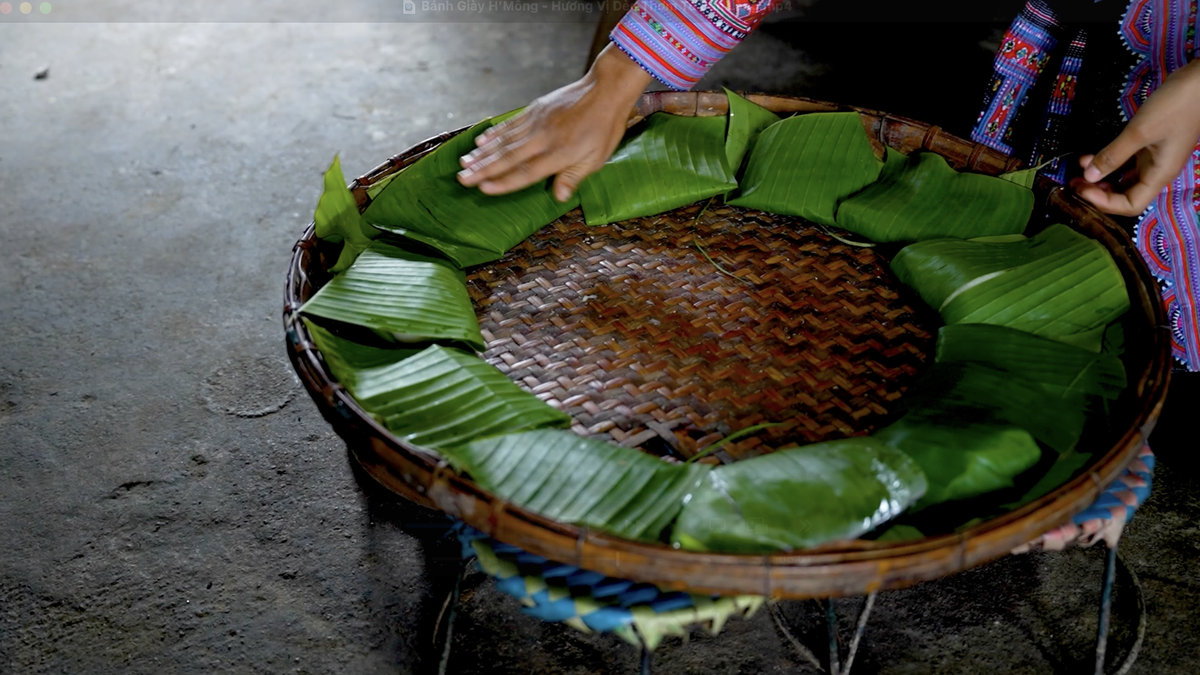
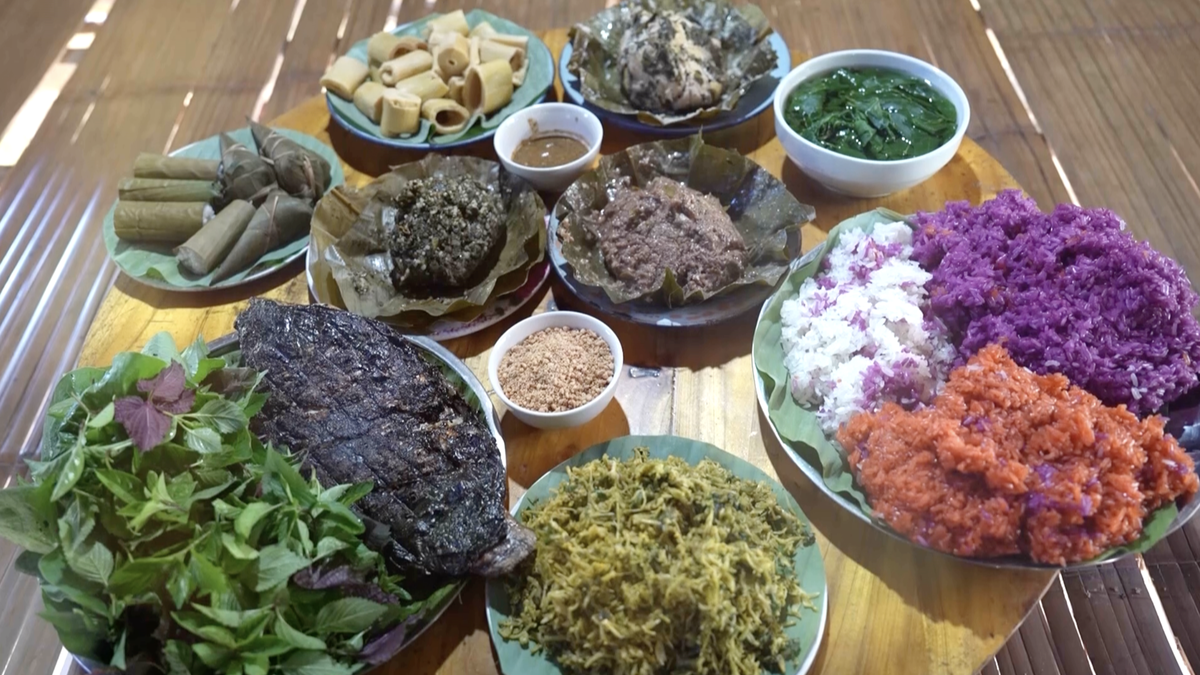












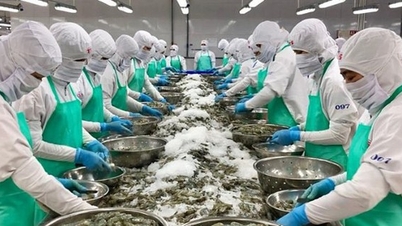




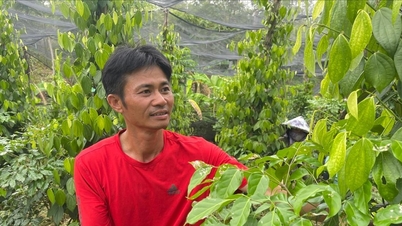

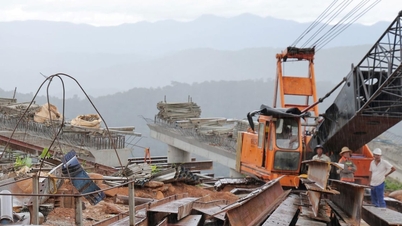
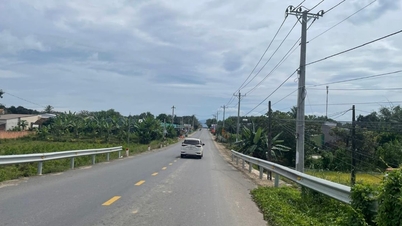
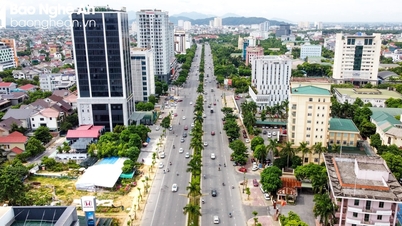

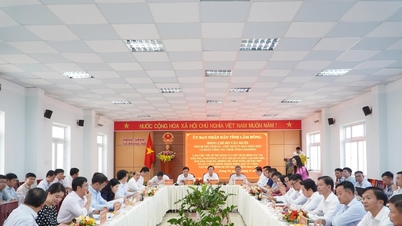
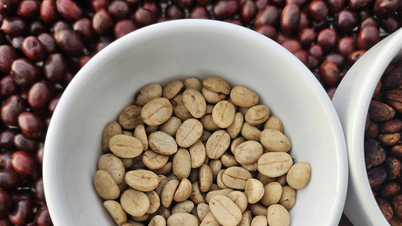
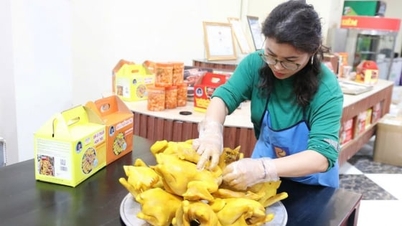



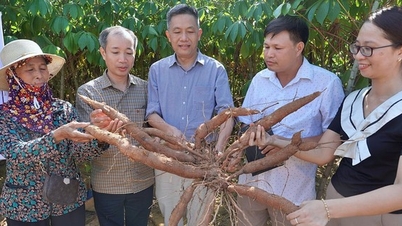


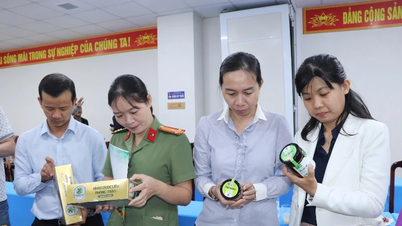





Comment (0)